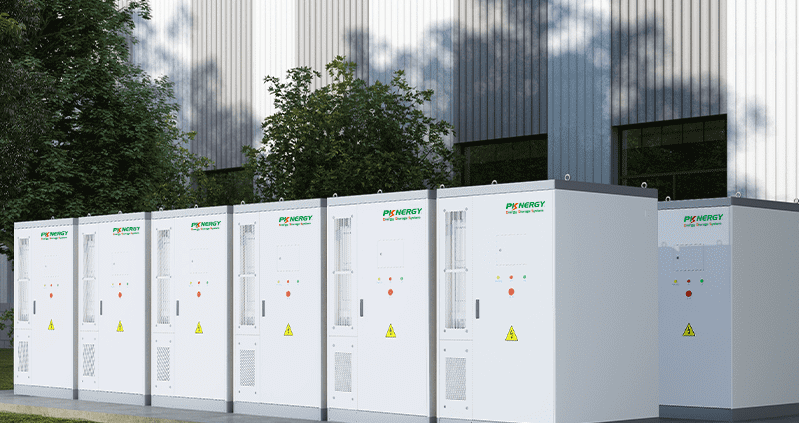How ESS Can Reduce Costs and Boost Profits
In today’s dynamic energy landscape, businesses and industries face a dual challenge: reducing operational costs while simultaneously enhancing profitability. Energy Storage Systems (ESS) have emerged as a transformative solution that not only addresses these twin goals but also paves the way for a more sustainable and resilient future. In this article, we’ll explore how ESS can be a game-changer for organizations, delivering substantial cost savings and profit-boosting opportunities.
Optimizing Energy Consumption
One of the most significant ways ESS can reduce costs is by optimizing energy consumption. ESS allows businesses to store excess electricity during off-peak hours when energy prices are lower and usage is minimal. This stored energy can then be deployed during peak demand periods when electricity costs typically surge. By reducing reliance on grid power during peak times, organizations can trim their energy bills significantly.
Moreover, ESS facilitates load shifting, enabling companies to power their operations with stored energy during periods of high electricity prices. This reduces the impact of peak demand charges, which can constitute a substantial portion of a commercial energy bill.
Enhancing Renewable Energy Integration
For organizations investing in renewable energy sources like solar or wind, ESS acts as a vital partner. Renewable energy production can be intermittent due to weather conditions. ESS helps bridge these gaps by storing excess renewable energy when it’s available and releasing it when needed. This ensures a consistent and reliable energy supply, reducing the reliance on costly fossil fuel backup generators.
Mitigating Downtime and Revenue Loss
Downtime is the nemesis of productivity and profitability. ESS provides a lifeline during grid outages or disruptions. By automatically switching to stored energy reserves, ESS can keep critical operations running smoothly, preventing revenue loss associated with downtime.
Moreover, in regions where power quality is unreliable, ESS can act as a buffer, maintaining consistent voltage and frequency levels. This, in turn, safeguards sensitive equipment and reduces maintenance and replacement costs.

Demand Response and Peak Shaving
ESS also opens up opportunities to participate in demand response programs. Organizations can earn revenue by offering to reduce their electricity consumption during peak demand periods when grid capacity is strained. ESS makes it feasible to curtail power usage without impacting operations, thus benefiting both the grid and the organization’s bottom line.
Additionally, ESS enables peak shaving, which involves deploying stored energy during peak demand hours to reduce electricity bills. This can translate into substantial cost savings for businesses that operate during peak times.
Unlocking Profit from Ancillary Services
ESS can participate in grid ancillary service markets, where providers are compensated for services that enhance grid stability. This includes frequency regulation, voltage support, and grid balancing. Organizations with ESS installations can tap into these markets, turning their energy storage systems into profit centers. Energy Storage Systems are no longer just a forward-looking sustainability initiative; they are indispensable tools for reducing operational costs and enhancing profitability. By optimizing energy consumption, integrating renewable sources, ensuring uptime, participating in demand response programs, and unlocking revenue from ancillary services, ESS opens doors to unprecedented cost savings and profit-boosting opportunities. As organizations increasingly adopt ESS solutions, they not only improve their financial bottom line but also contribute to a more sustainable and resilient energy future.





